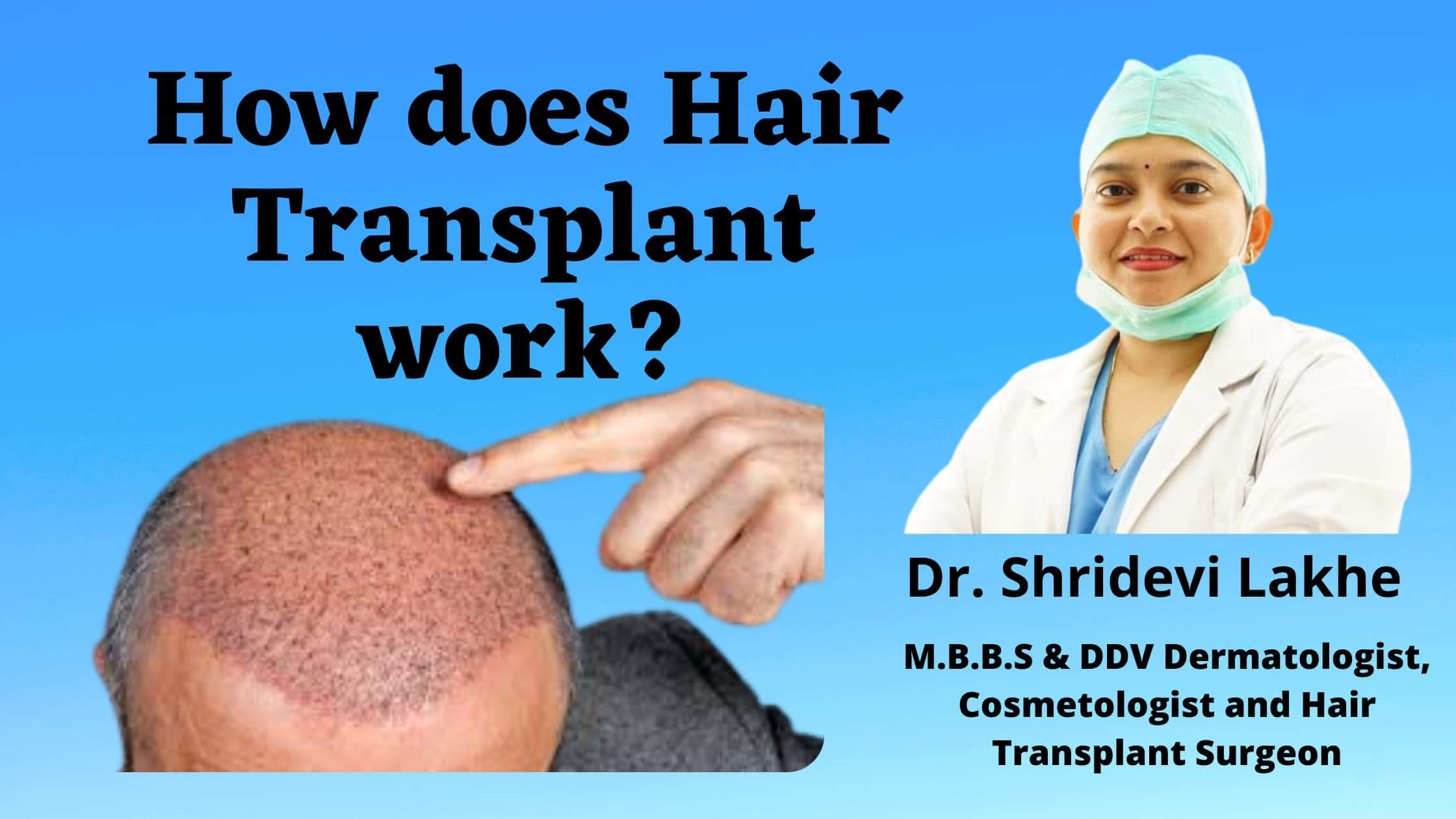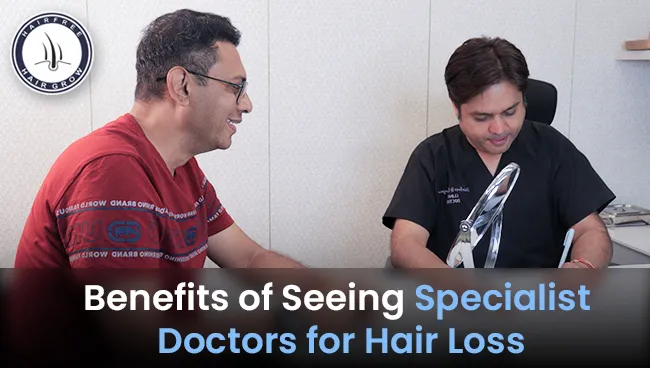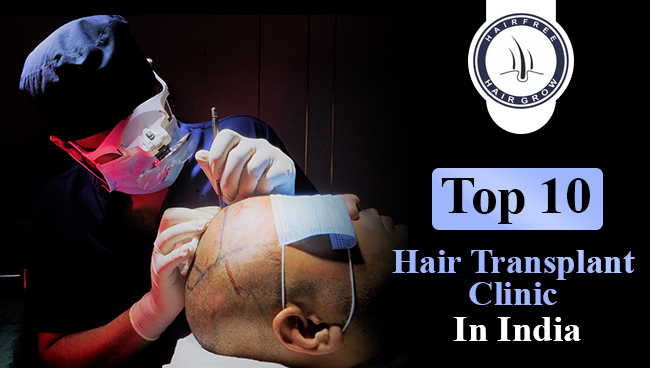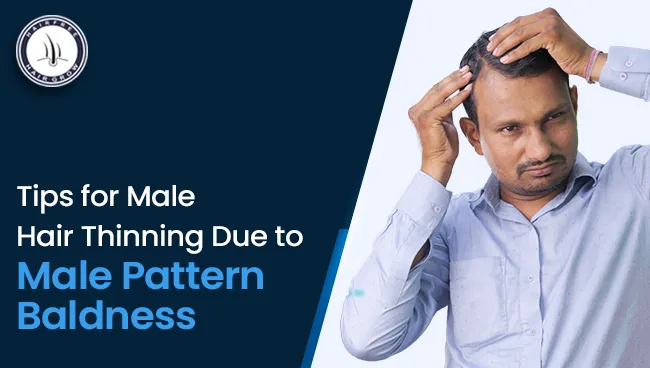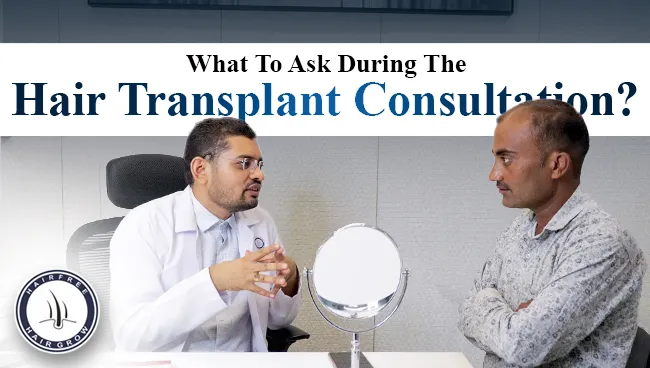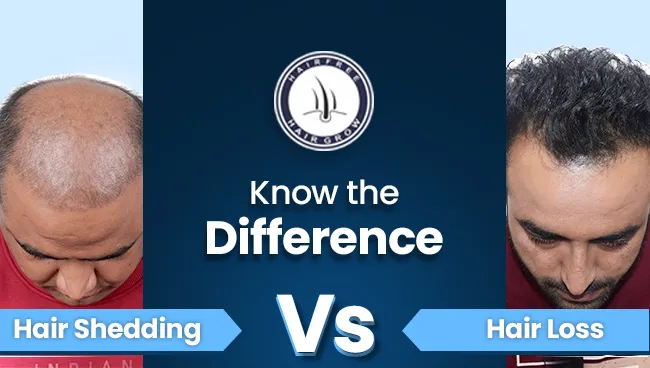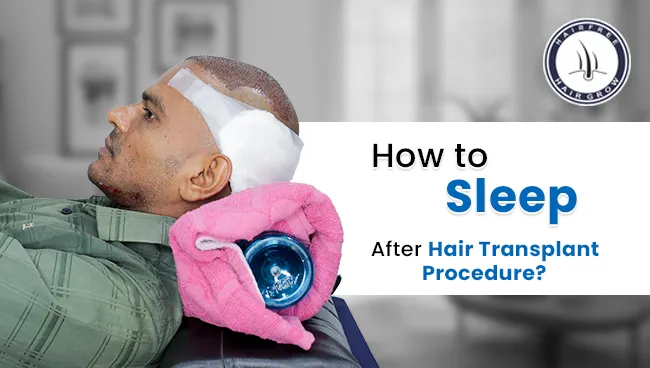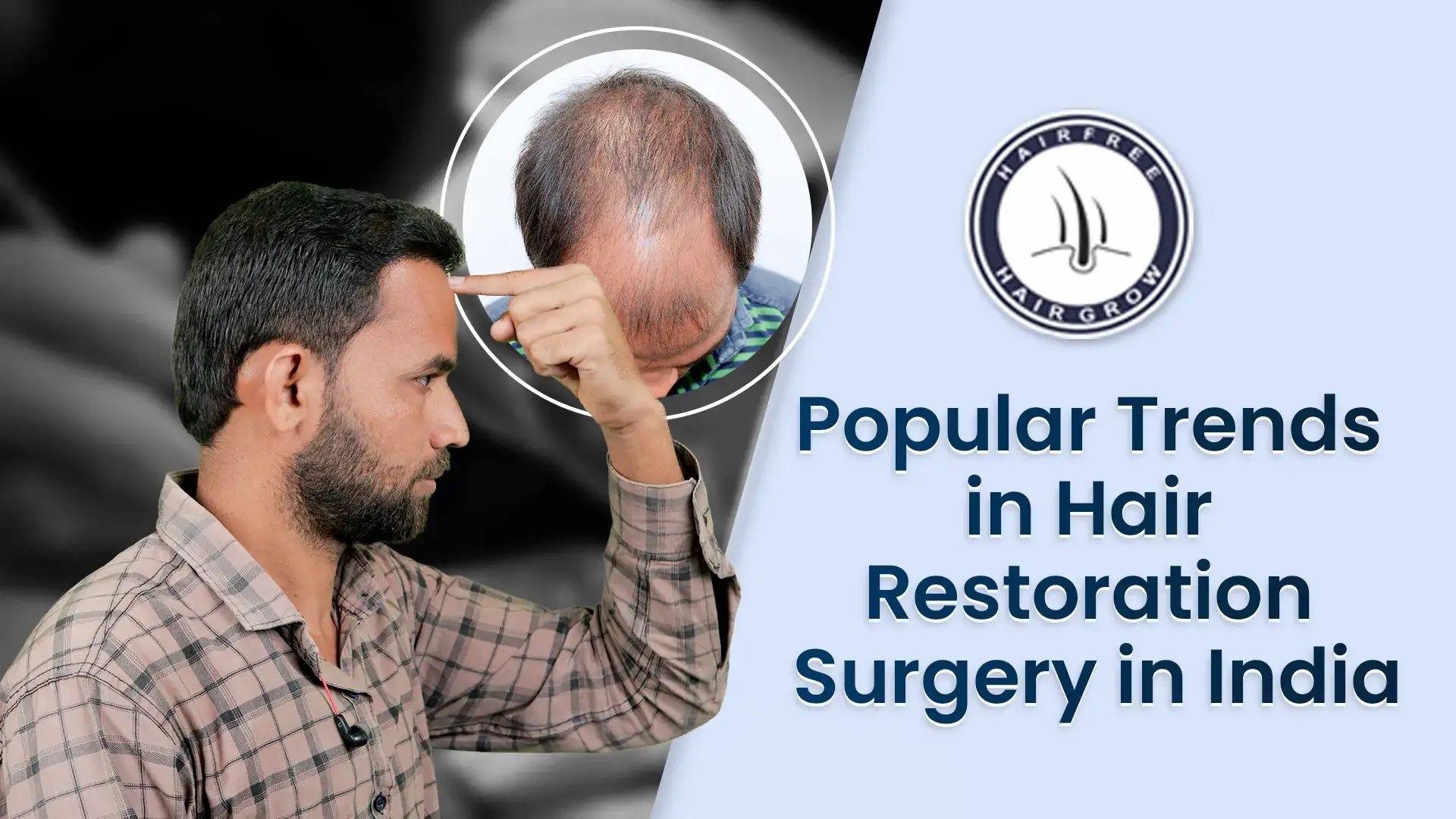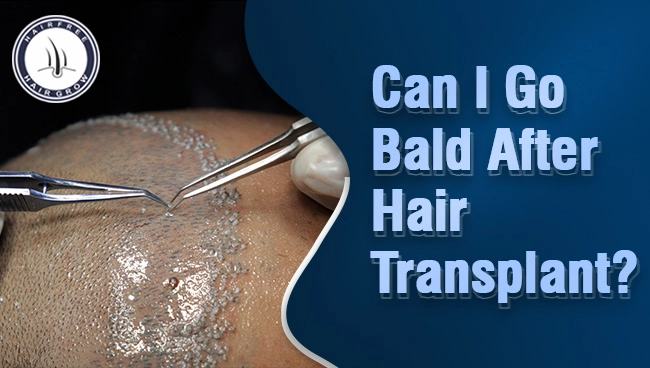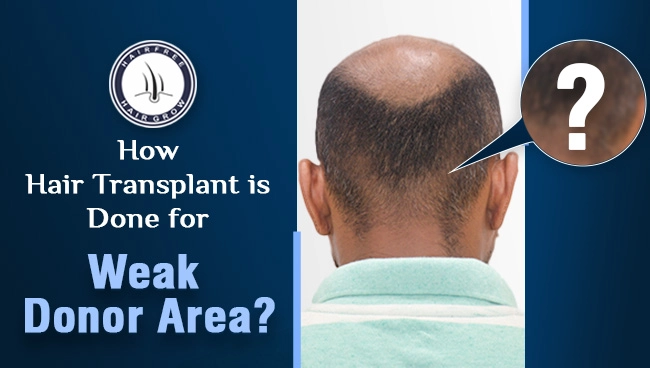Hair loss can be a drag, but fret not! Hair transplants are a surgical option to give your thinning hair a boost. Let’s break down how it works.
What is a Hair Transplant, and Why is it Important?
Hair is beautiful and essential because it enhances our appearance. When we lose hair, it impacts not just how we look but also our self-confidence. This is why it is crucial to regrow hair that has been lost. Just as we recover from difficult times and turn our fortunes around, we should also take care of our hair and consider treatments like hair transplants when needed.
As the name suggests, a hair transplant involves transplanting hair into areas where it is sparse or completely absent. These areas have no hair at all or just a little, which may not look appealing. The primary function of hair is to enhance our appearance and attract attention. Losing hair can lead to a significant drop in self-esteem. Thus, hair transplantation serves physical and psychological purposes, helping individuals regain their confidence and overall appearance.
How Does a Hair Transplant Work?
Hair loss can result from various causes, including genetic factors, scarring, or non-scarring issues. Hair transplantation offers a quick and effective solution to combat baldness. The process involves extracting hair from a donor area and transplanting it into the recipient area.
Hair Transplant Procedure Steps:
1. Extraction from Donor Area
The hair transplant procedure begins with the extraction of hair from a part of the scalp that has dense and healthy hair growth. This donor area is typically located at the back or sides of the head, where hair tends to be more resistant to balding.
2. Techniques
- Follicular Unit Transplantation (FUT): A strip of skin approximately 4mm wide is removed from the donor area, and the hair follicles are then transplanted to the recipient area.
- Follicular Unit Extraction (FUE): Individual hair follicles are extracted from the donor area and transplanted into the recipient area.
3. Preservation
It is crucial to preserve the extracted hair follicles properly to ensure they do not dry out and remain viable for transplantation. The follicles are typically placed in a special solution that maintains their health and vitality. This step is essential to maximize the survival rate of the transplanted hair and ensure optimal growth in the recipient area.
4. Transplantation
The final step involves the transplantation of the well-preserved hair follicles into the recipient area, where hair loss or thinning has occurred. Skilled surgeons and technicians meticulously place each follicle at the correct angle, depth, and density to mimic the natural growth pattern of the patient’s hair. This precision is vital to achieving a natural-looking result. The recipient area is carefully prepared with tiny incisions or holes, into which the follicles are inserted. Post-procedure care is then provided to promote healing and enhance the success of the transplant.
Post-Procedure Care
A. Clean the transplanted and donor areas as your doctor has advised:
Follow your doctor’s instructions for cleaning both the transplanted and donor areas. Typically, this involves gently washing with a mild shampoo and avoiding any rubbing or scratching to prevent infection and ensure proper healing.
B. Avoid strenuous exercise and activities that cause sweating:
Refrain from strenuous exercise and activities that cause excessive sweating for at least a few weeks. Sweating can irritate the scalp and potentially dislodge newly transplanted follicles, so stick to light activities like walking until your doctor says it’s safe to resume more intense workouts.
C. Be patient and wait for approximately 10 days to see the initial results of your hair growth:
Initial signs of hair growth may be visible around 10 days post-procedure. It’s normal for the transplanted hair to shed before new growth begins. Full results will develop over several months, so patience is crucial.
The Science Behind Hair Transplants
Understanding why hair transplants work is essential. Androgenetic alopecia, a genetic condition, is the most common cause of hair loss. It begins in a person’s mid-30s due to a lack of nutrition reaching the hair in specific areas. Transplanted hair retains the characteristics of its origin site, meaning hair taken from a dense, healthy area will continue to grow robustly even when moved to a thinning area.
Ideal Donor Areas
- Back of the Scalp: Preferred due to the longevity and density of hair in this region.
- Beard or Moustache: Used if scalp hair is insufficient.
- Body or Pubic Hair: Considered only when other donor areas are unavailable, though they require special care and styling due to different growth patterns.
Choosing the Right Clinic
For the best results, selecting a reputable clinic and experienced surgeon is crucial. HairFree and HairGrow is a leading hair transplant clinic in India, offering FUE and FUT techniques and non-surgical hair regrowth options.
Our centers, located in Surat, Pune (Pimple Gurav), Pune (Kharadi), Hyderabad, Ahmedabad, Kolkata, Indore, Bhopal, Delhi (Gurugram), Nagpur, Mumbai, Vapi (Silvassa), Bangladesh.
Conclusion
Hair transplantation can effectively restore hair and improve self-esteem. You can achieve natural-looking, long-lasting results by choosing a skilled surgeon and following post-procedure care instructions. Visit HairFree and HairGrow for expert care and regain your hair confidently.

